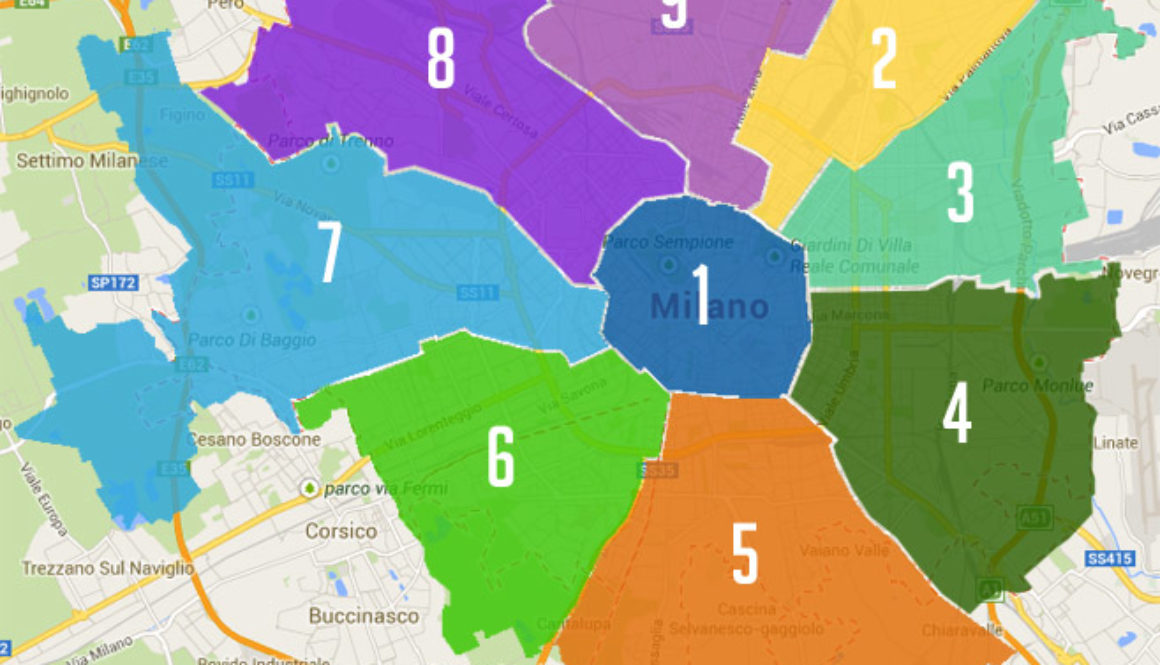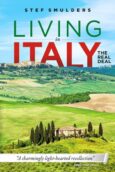How to find your way in Milan
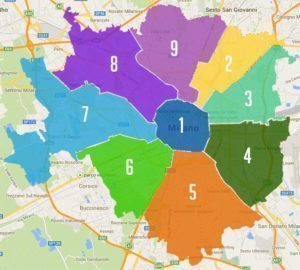 The city of Milan has a clear geometrical structure : it is shaped like an onion with several circular layers around the centro storico , the historical center. The administration of Milan officially recognizes 9 zones or quartieri , one central kernel and 8 sections surrounding it. The administrative central part, zone 1 , still is quite large (9 sq km) in this subdivision, including the historical center and everything within the second ring-road. Probably about 95% of all interesting sights of Milan lies within zone 1 . This means that for touristic purposes a subdivision of zone 1 is useful . The most important part of this subdivision is clear: the historical center.
The city of Milan has a clear geometrical structure : it is shaped like an onion with several circular layers around the centro storico , the historical center. The administration of Milan officially recognizes 9 zones or quartieri , one central kernel and 8 sections surrounding it. The administrative central part, zone 1 , still is quite large (9 sq km) in this subdivision, including the historical center and everything within the second ring-road. Probably about 95% of all interesting sights of Milan lies within zone 1 . This means that for touristic purposes a subdivision of zone 1 is useful . The most important part of this subdivision is clear: the historical center.
The historical center of Milan
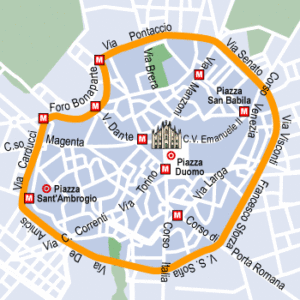 The actual historical center of Milan is about 2 km in diameter, has the Duomo as its center and has everything within reasonable walking distance. This part of the city entirely lies within the first circular street. Along this ring-road you’ll find (in clockwise order):
The actual historical center of Milan is about 2 km in diameter, has the Duomo as its center and has everything within reasonable walking distance. This part of the city entirely lies within the first circular street. Along this ring-road you’ll find (in clockwise order):
- the Castello Sforzesco ,
- the Palazzo di Brera ,
- the Porta Nuova ,
- the Qadrilatero d’Oro northern boundary ( Via della Spiga )
- the San Nazaro Maggiore ,
- the San Lorenzo and
- the San Ambrogio churches.
About 90% of all sights of Milan are located within this circle.
Within the Spanish Walls
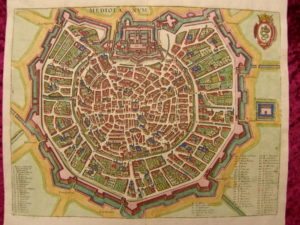
The second layer of the onion is defined by the gates of the 16th century Spanish wall , located at the radials that lead to the center of the city from different directions. In clockwise order these gates are or were (some of them no longer exist):
- Porta Sempione (toll-houses next to the Arco della Pace )
At the far end of the Parco Sempione is the imposing monument of the Arch of Peace , originally from Napoleonic times, but adapted after the defeat of the little emperor. The monument is richly decorated and the Chariot of Peace ( a so-called sestiga : a cart drawn by six horses) is a spectacular “topping”. Part of the decorations represent the rivers of Lombardy and the Veneto : the Po , Ticino , Adda and Tagliamento . - Porta Tenaglia
- Porta Garibaldi
Precisely next to the Santa Maria Incoronata is one of the remaining historical gates of Milan, the Porta Garibaldi , actually existing of three gate-like buildings. Built in 1826, the arch represent the most external city gate in the direction of Como , and it was dedicated to Francesco I of Austria to commemorate his 1825 visit to the region. The two statues on top of the gate represent rivers. - Porta Nuova (the newer one)
The Porta Nuova (New City Gate) was built early 19th century along the antique Roman road to Brianza , and lies east of the other Porta Nuova . This one is located close to the Naviglio della Martesana . The sandstone has had to suffer a lot from erosion unfortunately.The arch is flanked by two toll gates with porticoes. - Porta Venezia
This gate, at the far end of Corso Venezia , was one of the eight principal city gates that were part of the old Spanish walls. In the 19th century it was turned into a toll house and decorated with sculptures by the most famous artists of the time. The decorations illustrate periods of the history of Milan . The statues represent mythological and allegorical figures like Minerva and Mercury, Ceres and Vulcan, Abundance and Justice and Faithfulness and Eternity. - Porta Monforte,
- Porta Vittoria (now the Cinque Giornate monument)
Milan freed itself from the Austrian domination in the five days from 18-22 of March 1848 , giving a boost to the Risorgimento , the general uprising and liberation of Italy from foreign rule. To find out more about the history of Italy’s unification you may want to visit the Museo del Risorgimento . To memorize the events of the five days a monument was erected on the Piazza delle Cinque Giornate where the last piece of Austrian resistance (led by marshal Radetzsky ) was broken. It’s a monument in a mix of styles, among which some Art Nouveau (see the gate). Beneath the monument is an ossuary for the fallen during the Five Days, their names are listed on the obelisk on top. - Porta Romana ,
- Porta Vigentina,
- Porta Lodovica,
- Porta Ticinese (the newer one)
The neoclassical Porta Ticinese (not to be confused with the medieval one, further up towards city center) is situated at the end of the Corso di Porta Ticinese , near the Sant’Eustorgio basilica. This is Milan’s southern access gate, built to commemorate Napoleon Bonaparte ’s victory in Marengo . Porta Ticinese used to be known as Porta Cicca (Little Girl Gate, as this was the smallest of the city gates). - Porta Genova,
- Porta Magenta
The part of Milan within these gates is the former Roman and medieval Mediolanum (see the map).
Outside the ring
The resulting sections of the city between the first and second circular , that have the radials through these gates as boundaries, are frequently used for orientation beyond the historical center. For touristic purposes these sections are combined with their hinterland , leading to the districts of:
- 2 Porta Monforte (E)
- 3 Porta Vittoria-Romana (SE)
- 4 Porta Vigentina-Lodovica (S)
- 5 Porta Ticinese-Navigli (SW)
- 6 Porta Magenta (W)
- 7 Sempione-San Siro (NW)
- 8 Brera-Porta Nuova (N)
- 9 Porta Venezia-Stazione Centrale (NE)
completing the entire compass-card.
Milan has now been subdivided into 9 districts , almost identical to the administrative subdivision , with the exception of the center district which we have restricted to the historical center.
